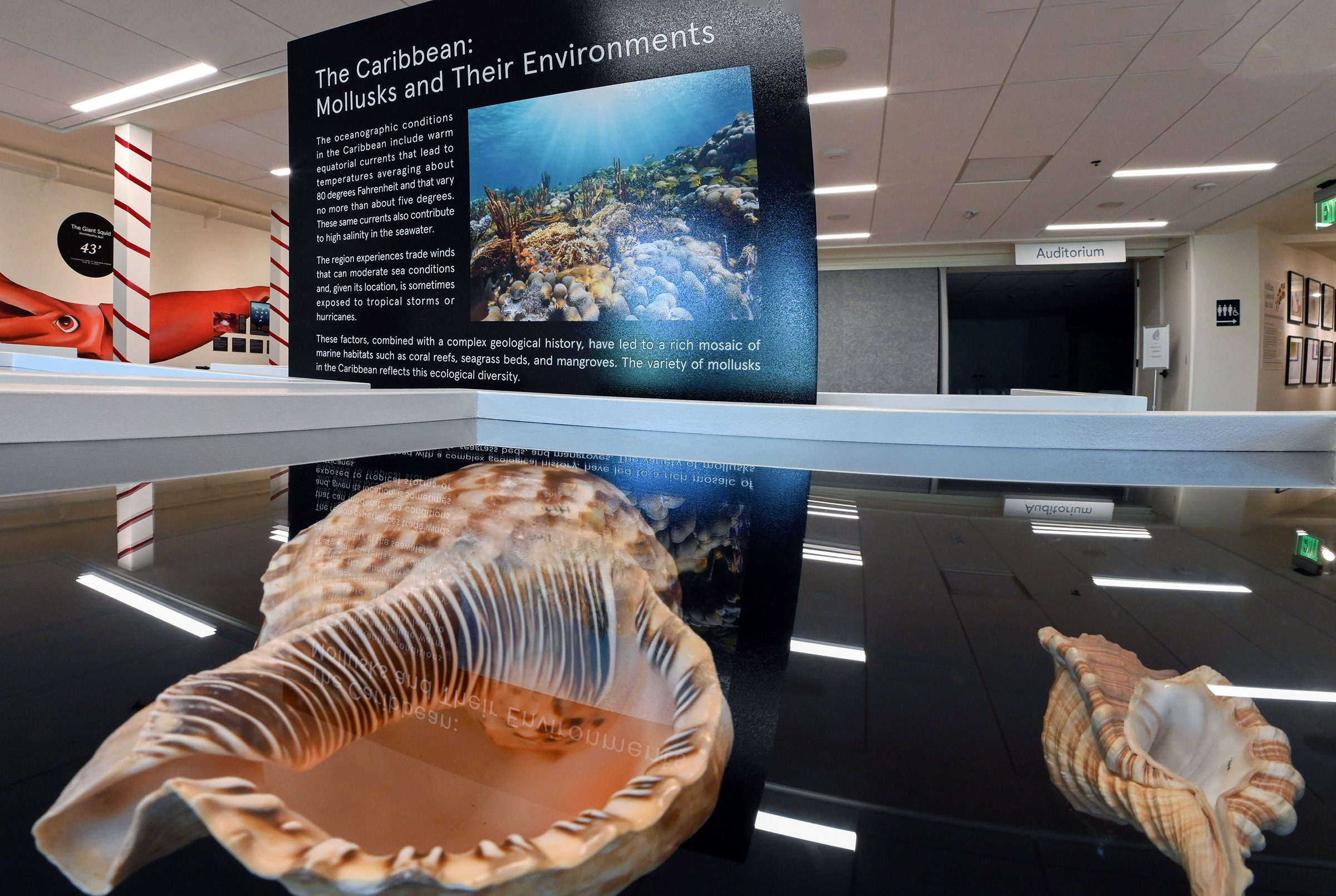
Paradise Found: Seashells of the Caribbean
The new temporary exhibit “Paradise Found: Seashells of the Caribbean”, displays 46 iconic or rare species of gastropods and bivalves from the greater ...
Museum, research, and collection updates from Dr. José H. Leal, plus Shell of the Week, which highlights a different species every other Friday. Most Shells of the Week are found in Southwest Florida.
Dr. José H. Leal serves as the Bailey-Matthews National Shell Museum & Aquarium’s Science Director and Curator. He received his Ph.D. in Marine Biology and Fisheries from the University of Miami and has served at the Museum since 1996.

The new temporary exhibit “Paradise Found: Seashells of the Caribbean”, displays 46 iconic or rare species of gastropods and bivalves from the greater ...

Florida United Malacologists (FUM) 2026 will take place on Saturday, April 11, 2026, at the Bailey-Matthews National Shell Museum & Aquarium on Sanibel, ...

Engina corinnae Crovo, 1971 is a pisaniid gastropod that reaches 13 mm (approximately 0.5 inch). Its shell has approximately ten axial ribs crossed by spiral cords. The color is ...

Invasive species are plants and animals that are introduced to a geographic area from another region of the world. An invasive species will expand ...
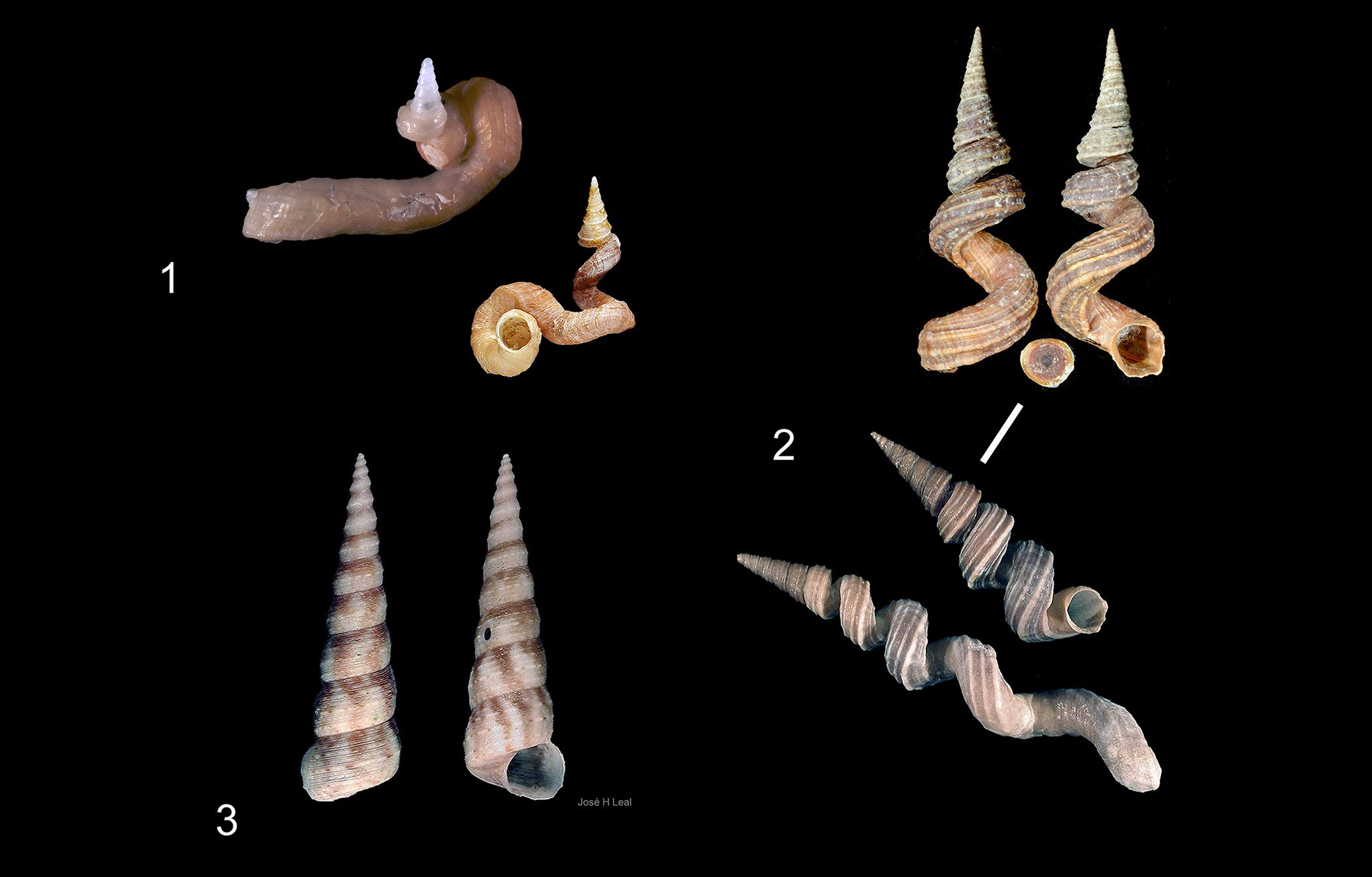
We are back to the “family pages” today! Here are the shallow-water species of the family Turritellidae found in Southwest Florida: 1 – Florida Worm Snail (Vermicularia lumbricalis); 2 – Fargo’s Worm ...
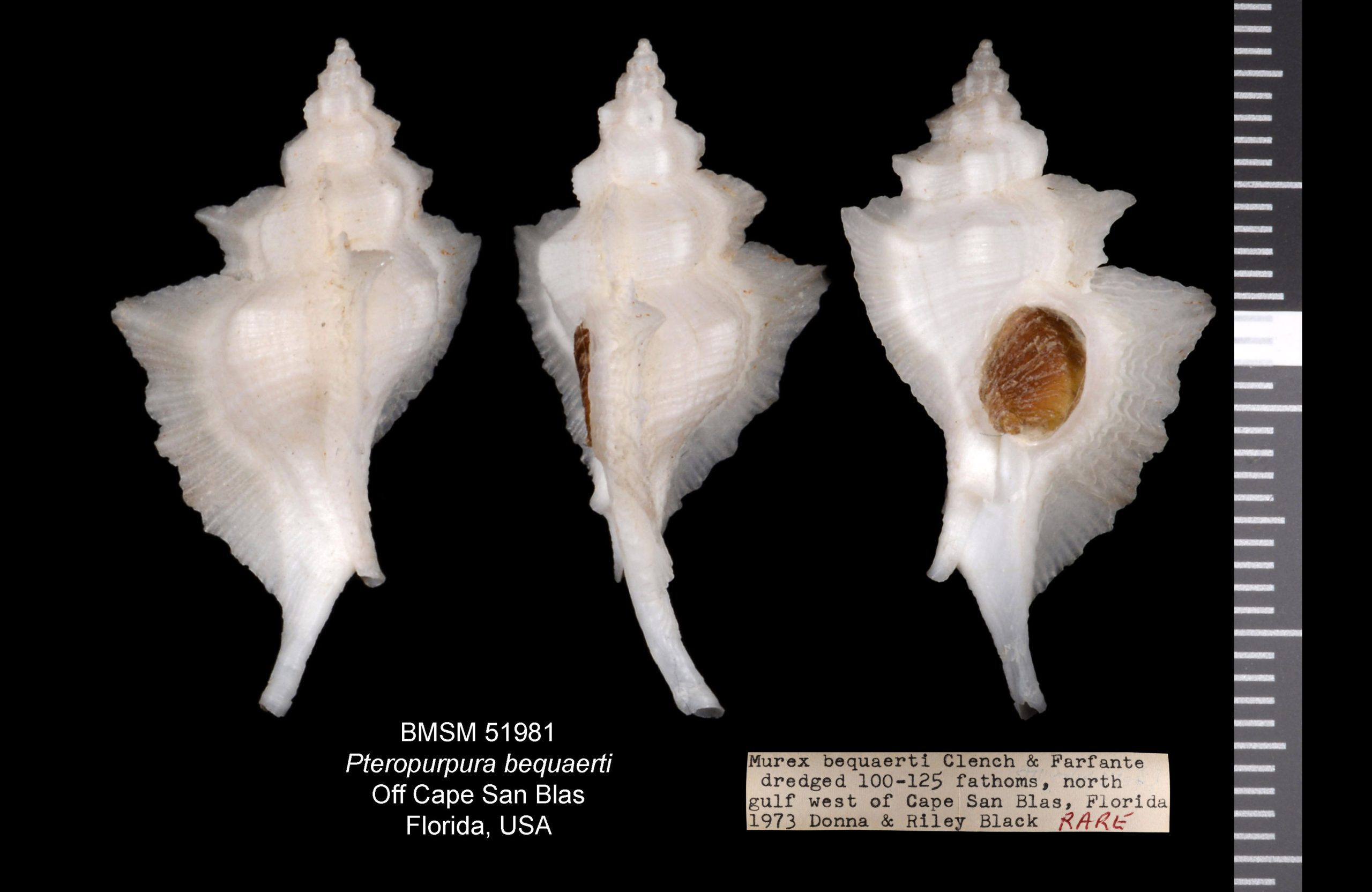
Pteropurpura bequaerti is a graceful species of the family Muricidae that may reach 42 mm (about 1.7 inches). The most evident feature of the shell ...

Development, agriculture, river damming, and pollution are just some of the human activities that can destroy ecosystems and deplete resources ....
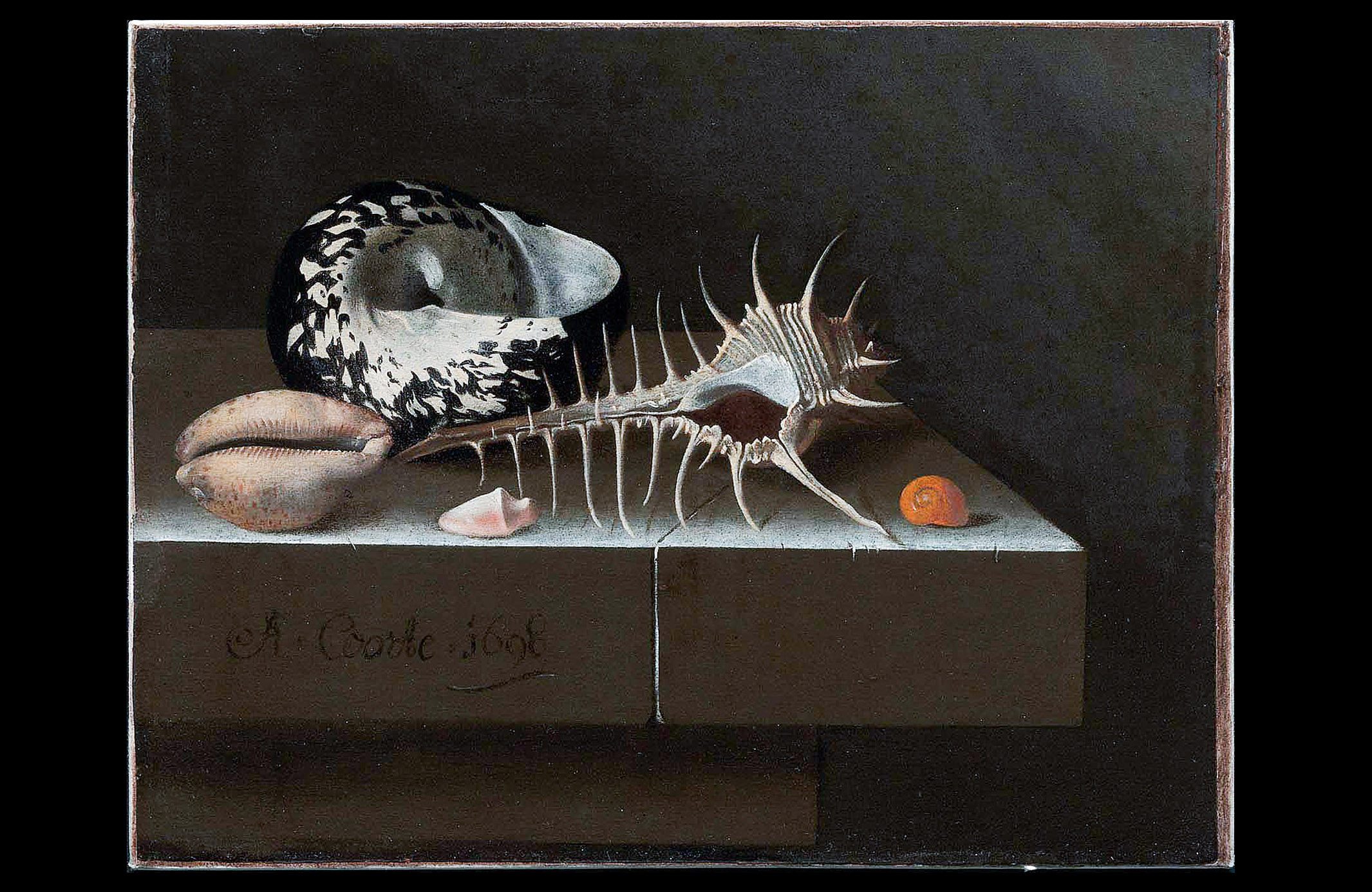
Adriaen Coorte was one of many Dutch artists in the 16th and 7th centuries who painted exotic shells brought home to Europe by traders and explorers. ....
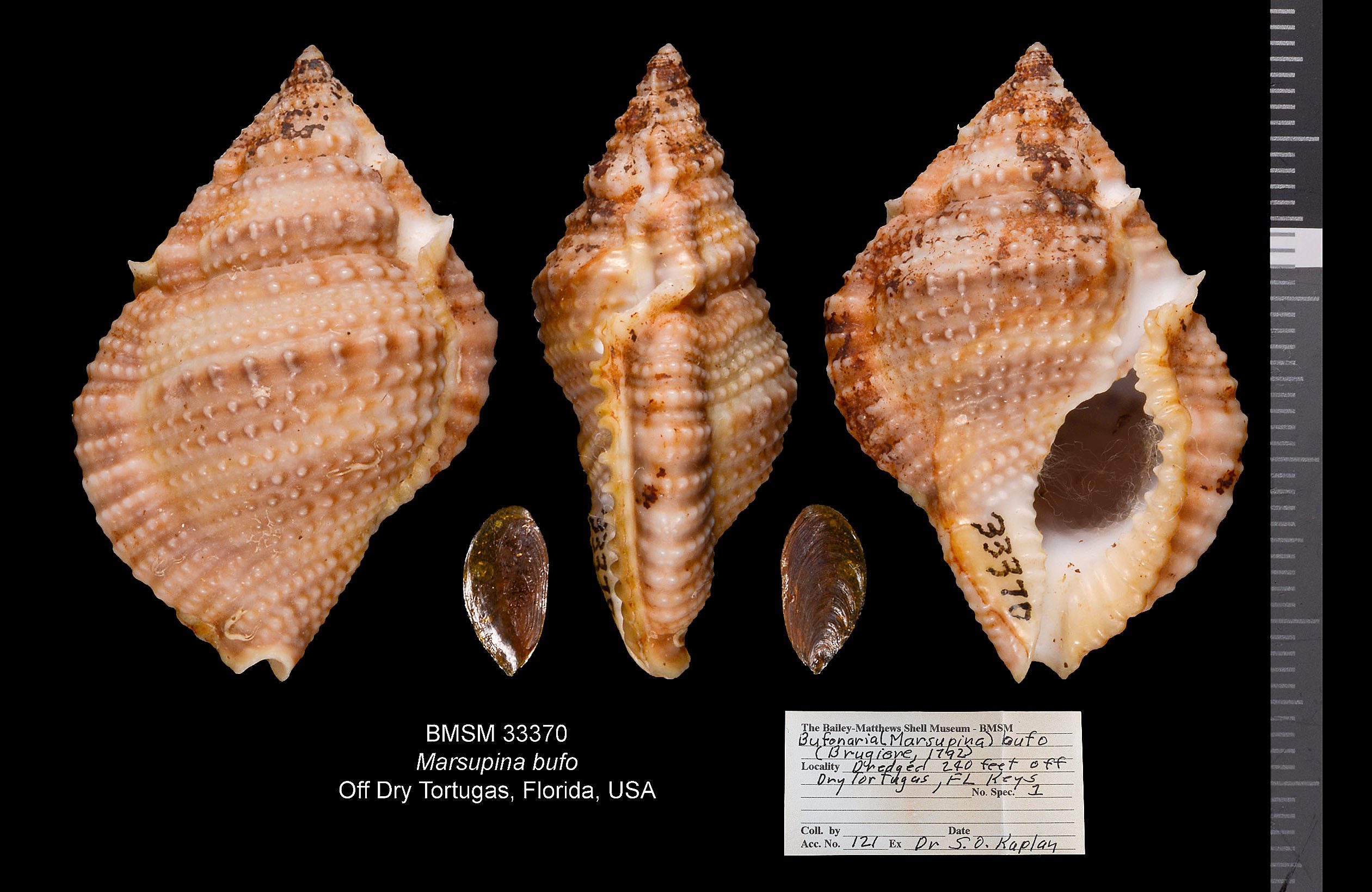
Marsupina bufo (Bruguière, 1792) is a species of the frog snail family Bursidae that reaches an average of 60 mm in the western Atlantic. The shell has a squashed, ....
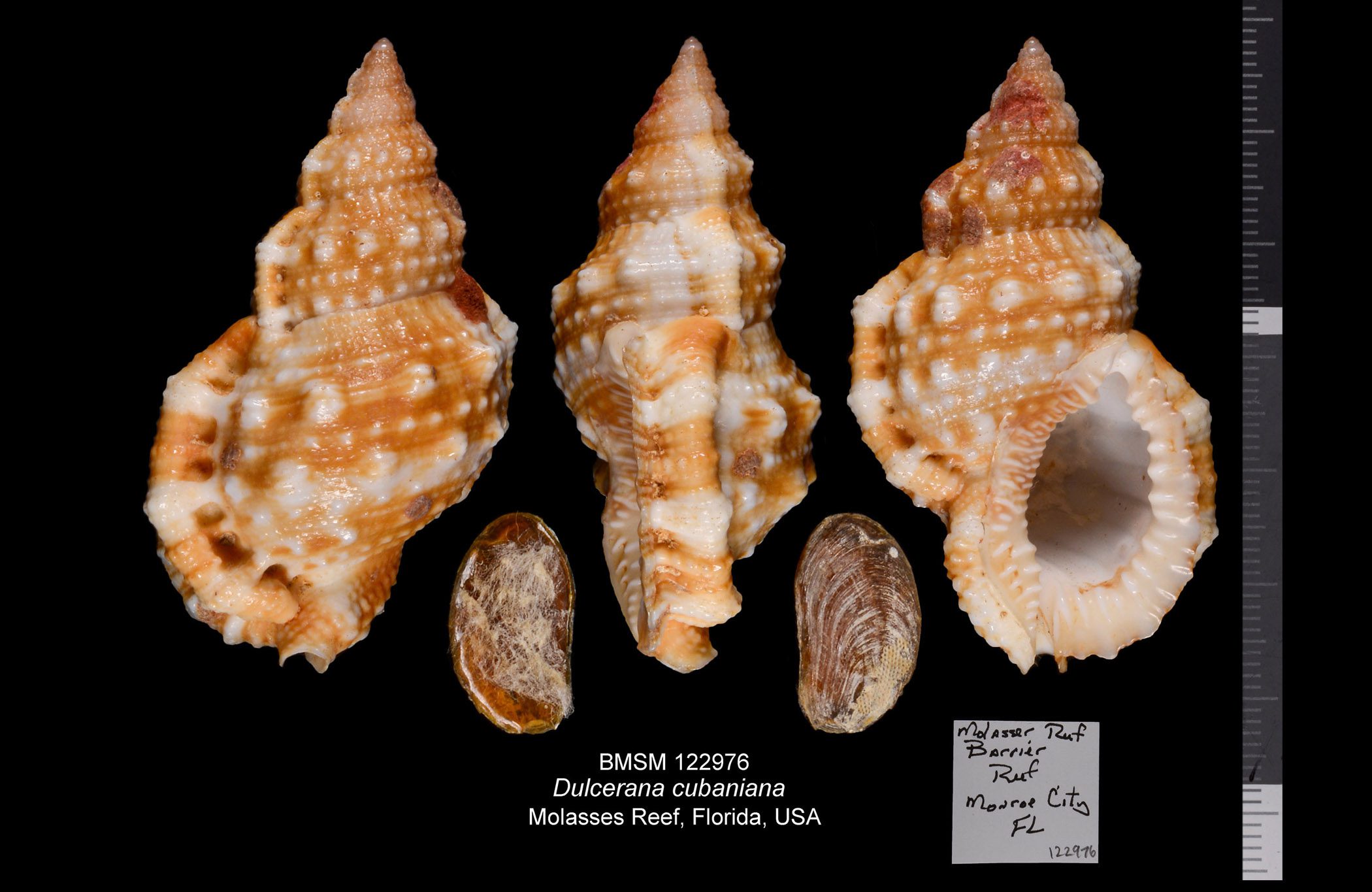
Dulcerana cubaniana (A. d’Orbigny, 1847) is a member of the frog snail family Bursidae that may reach 55 mm (about 2.2 inch). Cuba Frog Snails feed on polychaete worms...